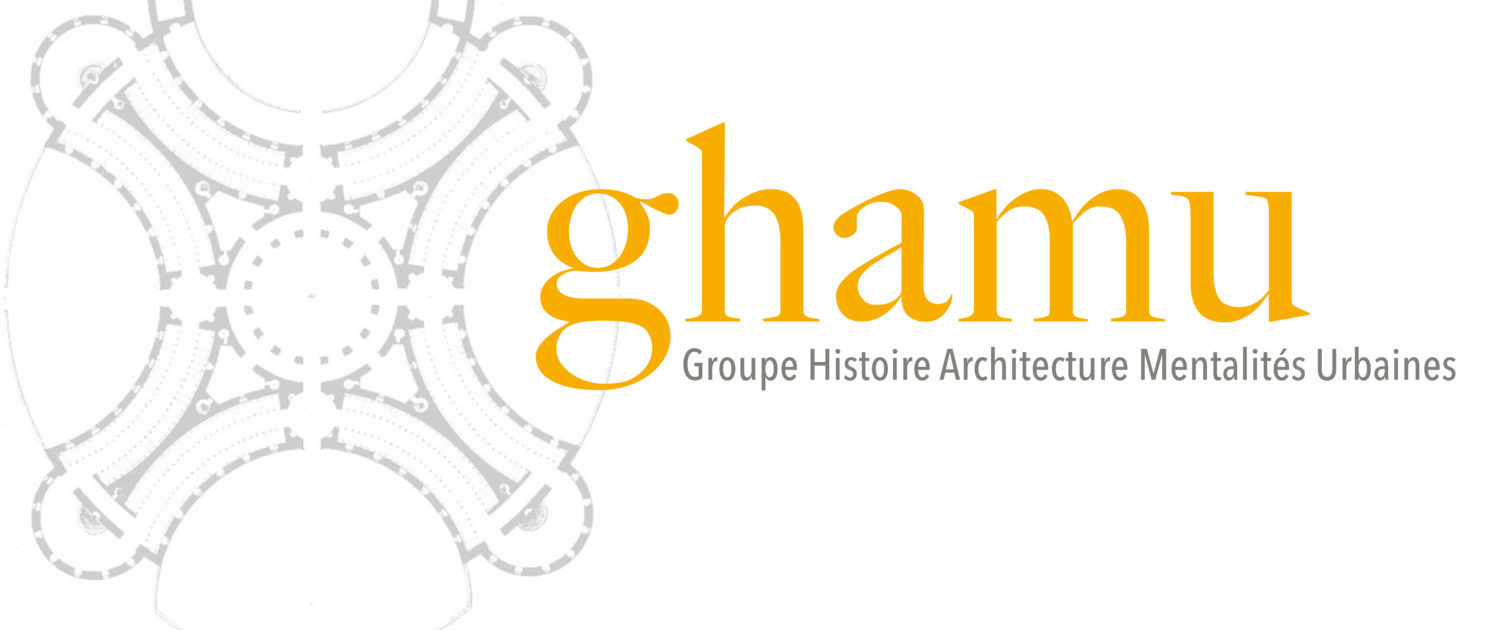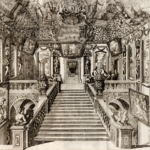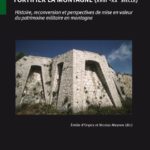Appel à communications – “Ornamentum” : Interior Decoration, Programs of Imagery
The course is open to doctoral candidates as well as junior and senior scholars who wish
to address the topic with short papers (20 minutes) and through mutual conversation.
As usual, the course has an interdisciplinary orientation. We hope for lively participation
from the disciplines of art and architectural history, but also from scholars of history,
theology, theatre and other relevant fields. Papers may be presented in German, French,
Italian or English; at least a passive knowledge of German is a requirement for
participation.
The CFP deadline is 4 December 2016.
Concept / Organization : Anja Buschow Oechslin, Axel C. Gampp, Stefan Kummer, Werner
Oechslin, Martin Pozsgai, Tristan Weddigen
At the beginning of the sixth book, dedicated to ornament, of his De Re Aedificatoria, Leon
Battista Alberti remarks that, of the three requirements for building – including utility and
stability – the greatest importance lies in beauty, « restat tertia omnium dignissima et perquam
valde necessaria ». Far from speaking of decorative additions or embellishments, he
considered this issue just as crucial as those regarding use and construction. Indeed, he leaves
no doubt that a building can only achieve perfection in this manner. “Ornamentum” is
decisive !
Two things are foreshadowed. The « ornamentum » is intimately connected with the
« pulchritudo », the beauty. It is an aesthetic problem in the ‘old’ sense; The sense-perception
will be understood as making the profane or sacred, public, or private building appropriate
and experienceable, beautiful, in every single case. In view of the fact that nature is
enchanting with us every day, Alberti considers it superfluous to define beauty more
precisely. There is no doubt that we should strive for beauty.
Moreover, the variety, possible beauties, ‘escape a more detailed explanation by words’ : fortassis animo apertius intelligus. It is necessary to understand and understand it differently.
Just from embarrassment, Alberti can lead to a narrow definition. This contains everything
that the architecture is in any case fundamentally applied and admitted : « certa cum ratione
concinnitas universarum partium in eo »! Everything, comprehensibly, should be explained so
that it can not be taken away or added or modified without a disadvantage.
In fact, this last determination of a ‘correct’ ornament does not fit in any way with that
(modern) conception, which presupposes only a set-up and a moving-in. In the ornament, the
whole of a building or a room is fulfilled, and for the intended purpose it is brought to an end.
Space equipment and image programs in profane as well as in sacred architecture are a major
focus. We are also interested in :
Design requirements
Decorum
Theory
Ikonographical statements
Competences
artist transfer
materials: from mirror glass to textiles to stucco
Colourfulness
Space sequences
furniture objects
equipment inventories as sources (eg to situate in space)
Usage aspects
All of this is to be subjected to a more detailed examination in the sense of the completion of
a construction company as a meaningful « cum ratione » !
Télécharger l’appel à communications
Modalités de soumission
The course is open to doctoral candidates as well as junior and senior scholars who wish
to address the topic with short papers (20 minutes) and through mutual conversation.
As usual, the course has an interdisciplinary orientation. We hope for lively participation
from the disciplines of art and architectural history, but also from scholars of history,
theology, theatre and other relevant fields. Papers may be presented in German, French,
Italian or English; at least a passive knowledge of German is a requirement for
participation.
Conditions : The Foundation assumes the hotel costs for course participants, as well as
several group dinners and the excursion. Travel costs cannot be reimbursed.
Please send applications with brief abstracts and CVs by e-mail to :
anja.buschow@bibliothek-oechslin.ch
The CFP deadline is 4 December 2016.


